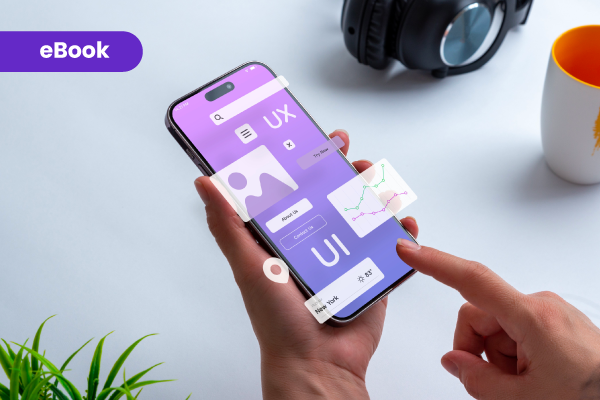Strategic Design: How to Use It to Improve User Experience
For some time, businesses have incorporated roles such as User Experience Designer, Interface Designer, or Service Designer.
At the same time, companies have started using a strategic design framework for many of their processes. This mindset allows them to use their design teams to create more than just usable interfaces.
This article will discuss what strategic design is and how its values can empower your future projects. This will allow you to create successful products and services and stop wondering why they don't achieve their full potential and expected success.
Before naming the opportunities that we can explore from Strategic Design, it is important to highlight three principles of this framework.
- Design needs to be achievable in development environments.
- Business objectives need to be always on focus for designers. Our solution needs to be thought out to impact ROI.
- Always work towards user-centric design. We need to create desirable services and products, but we must always keep our eyes on the final user.
These three principles are well-known and almost self-evident, but they are still essential to understanding the benefits of letting designers have an active role in your projects.
Move from making ordinary products to extraordinary ones by adopting strategic design thinking. Here are some benefits:
Better understanding the business
Our job as designers goes beyond providing aesthetically pleasing solutions. We must understand the client's motivations; what are the business objectives we are pursuing? What limits the projects? What are the risks we have? How do we face the value proposition we profess?
When we have clear answers to these questions, we are ready to create products and services that fit the user's needs and help us achieve business objectives.
Thinking strategically
Our professional skills involve interpreting data and creating metrics, so we have a solid foundation when it comes to decision making.
The advantage of designers over other people with a strategic mindset is that they can turn ideas into functionalities or products. If this process is fueled by data interpretation, new products and services will respond better to the everyday problems of users and companies.
The challenge of SEO optimization
We are called to be helpful to users. This includes the quality of the content we produce.
In the world of digital content, this means going beyond thinking about keywords and optimizing content for the web.
For this reason, designers must create digital products that
respond to an information architecture optimized for search engines and avoid bouncing on our site.
How do we achieve all this? Well, by proposing an interactive experience that engages our consumers.
If we understand the basic principles of strategic design, we can begin to add small efforts that enhance the products we design daily.
Being part of the technical teams:
Designers need to be part of the development environments. Here are some examples of how we can help increase the value of the products we develop.
Strengthen of building user stories:
When designers are actively involved in creating user stories, the end result is much more accurate in meeting the end user's needs.
This is where communication is central. We must be very explicit and understand that what may be obvious to us may not be evident to professionals with other backgrounds.
Communication with developers:
It is also essential to approach the technical language of other development team members. It is not necessarily about learning code, but it is vital to have tools so that they and we have a solid understanding of our shared purpose.
Let us be the first and last testers of our products:
Only then will we be able to immediately discover flaws, leak points, erroneous definitions, and opportunities for improvement.
If we take the trouble to review the product, we will ensure a higher quality of our products, with minimal chances of error.
Think incrementally
What we develop must have the benefits of continuing to grow in the future and continue to provide solutions to the present and future problems of the entities for which we design.
The value that strategic design produces is the sum of small actions that ensure excellent results. This is a good roadmap to implement powerful practices that bring us closer and closer to the products we dream of.
Share this
You May Also Like
These Related Stories

How to Use UX/UI Artifacts to Boost Digital Solutions

Learn the Value of Conversion-Oriented Design

The Impact of Technology on the User Experience
Subscribe to
Pragma Blog
You will receive a monthly selection of our content on Digital Transformation.
